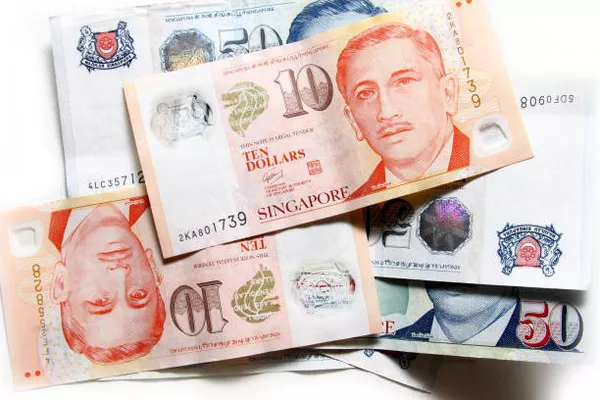The Singapore dollar has outperformed all other Asian currencies for the past two years, and its chances of leading the region for a third consecutive year depend on the actions of the Monetary Authority of Singapore (MAS).
In 2023, the Singapore dollar appreciated by 1.5% as the MAS maintained a policy band with an appreciating bias during both its April and October meetings to combat inflation. Economists expect the MAS to continue this approach, with some predicting further tightening if inflation remains stubborn.
Brian Tan, senior regional ASEAN economist at Barclays Bank Plc, noted in a recent client report that while a policy shift is not anticipated until 2025, there is an increased risk of a 50 basis-point increase in the policy band slope due to persistent core inflation.
Unlike many central banks that use interest rates to manage the economy, the MAS employs currency policy. It adjusts the slope, width, and mid-point of the Singapore dollar’s nominal effective exchange rate (S$NEER), which measures the local dollar against a basket of major trading partner currencies.
Despite a decline in inflation, with the core Consumer Price Index (CPI) falling from 5.5% in February to 3.2% in November, it remains above the five-year average of 2%. This persistent inflation supports the MAS’s strategy of maintaining a strengthening bias for the Singapore dollar.
The strength of Singapore’s economy also supports the currency. The nation’s GDP grew by 2.8% in the fourth quarter, surpassing the median economist forecast of 1.8%, according to government data released on Tuesday.
However, even if the MAS continues its current policy, the Singapore dollar’s future performance is uncertain. Vishnu Varathan, head of economics and strategy at Mizuho Bank Ltd., cautioned that with the S$NEER approaching the upper limit of its policy band, sustained outperformance of the Singapore dollar is less likely. He described the local currency as “more likely to be a middling performer.”
In a notable change, the MAS has increased its meetings from two to four times a year. Traders will next gauge the central bank’s policy direction in January, rather than waiting until April as in previous years.


